LSU’s Petroleum Engineering Research, Training and Testing Laboratory (PERTT Lab) is a field-scale well facility with a long history of research, education, training, and testing, especially related to well control, wellbore fluid dynamics, production operations, and field-scale testing of new technologies.
In 2025, we will begin drilling a third research well, focused on CO2 and with capabilities including a horizontal section. The construction project is funded by the US Economic Development Agency (EDA) and Louisiana Economic Development (LED). Major support, both material and design, is being provided by corporate partners Halliburton, ExxonMobil, Shell, Chevron, and H&P.
Keep an eye on this page for an announcement of when drilling will commence and the educational and outreach opportunities that will be associated with the project.
Why CO2?
Geologic sequestration of CO2 (meaning the injection and long-term storage of CO2 deep in the subsurface) is one of many tools that are needed to reduce CO2 emissions into the atmosphere. This process is commonly termed Carbon Capture and Sequestration, or CCS. Louisiana is one of the best locations in the US to implement industrial-scale CCS because of its subsurface geology, large point-source emissions from industry to capture CO2, a pipeline network for transportation, and a highly experienced workforce. The LSU CO2 research well will help answer questions and advance technology related to CO2 sequestration, as we have done for many decades for oil-and-gas-related research, training, testing, and education.
Funding
The project is funded by the EDA through a grant from H2theFuture, which includes a match from Louisiana Economic Development. Funds have also been provided through an appropriation from the State of Louisiana. Additionally, significant corporate partnerships are being developed, allowing for a more ambitious project than what could have been done with the project funding alone. See the Corporate Partners link for more details.
Well Description
While extensive details will continue to be posted under the Technical Details section, these are the essentials: the well is a wellbore only, cased and cemented but without fluid communication to the subsurface. The completions inside the wellbore allow fluid circulation and measurement in ways that can mimic many of the processes in actual injection or production wells. The new well will have a large-diameter (13-3/8”) vertical section to a depth of 5,000 ft. and transition to medium diameter (9-5/8”) below that depth. At 7,000 ft., it will deviate from vertical and transition to a horizontal section that will land at approximately 7,900 ft.-vertical-depth and extend for 500-1,000 ft. laterally. The completions inside the wellbore will be made of corrosion-resistant alloy, enabling the use of CO2 without risking corrosion. The well will contain a variety of instrumentation, including multiple fiber-optic strings.
Timeline
Well design occurred during mid-2024, and project planning is happening during the fall of 2024. Drilling is planned for 2025, although the exact dates are not known, pending various approvals and the availability of rigs.
Research, Testing, and Training
As with the rest of the PERTT Lab, the new well and associated flowloop will be available for research, testing, training, and education. Research is usually conducted in partnership with LSU faculty. Facility use can be contracted directly with the PERTT Lab. Training and testing opportunities are designed on case-by-case basis, depending on the needs of the customer and capabilities of the lab. Contact either the PERTT Lab or the Craft & Hawkins Department of Petroleum Engineering for more information.
The new well will have a 5,000-ft. vertical section with a 13 3/8-inch-thick diameter casing, transitioning to 9-5/8-inch diameter below 5,000 ft. At 7,000 ft vertical depth the well will deviate from vertical at approximately 6 degrees/100 ft in a northeast direction. It will land with a horizontal section (500 to 1000 ft) at approximately 7,900-ft. vertical depth, which is in the Anahuac formation. Total measured depth will be between 9,000-10,000 ft.
Like existing wells at the PERTT Lab, the new well will be cemented and cased but without communication into the subsurface. As such, these wells are designed for research on wellbore fluid mechanics; testing of downhole tools/technology; and simulating injection/production operations for the purpose of training, testing, or research. The outer casings will be traditional carbon steel, with inner completions made from corrosion-resistant alloy (CRA) that allows circulation of CO2 in all phases and with a variety of compositions that may be relevant to field operations.
The initial CRA completion will sit inside the large-diameter 5,000-ft. vertical section, constructed with a combination of 7 5/8-inch casing and 2 7/8-inch tubing. Valves, chokes, instrumentation, and fiber will enable the variety of flow scenarios and measurements needed for the initial projects. This inner-completion design will help limit construction costs, as well as limit the volumes and rates for fluid injection for the first research projects. Future completions would take advantage of the deviated part of the wellbore as research or testing needs dictate.
The well will have multiple fiber-optic lines (covering different parts of the completions and different depths), as well as traditional instrumentation. Surface facilities for fluid storage, compression, pumping, and separation are still being planned.
Return to this page for updated information and schematics, which we will post as they become available.
While the project is funded by the Economic Development Administration and Louisiana Economic Development (with additional direct state funding), we have been able to plan a much more ambitious project because of the generous partnerships and contributions of our corporate sponsors.
Sponsors:
![]()
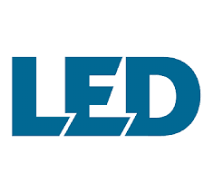

Core Partners:


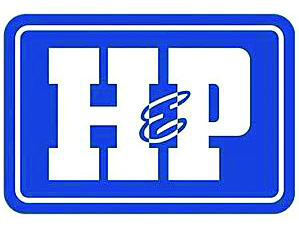

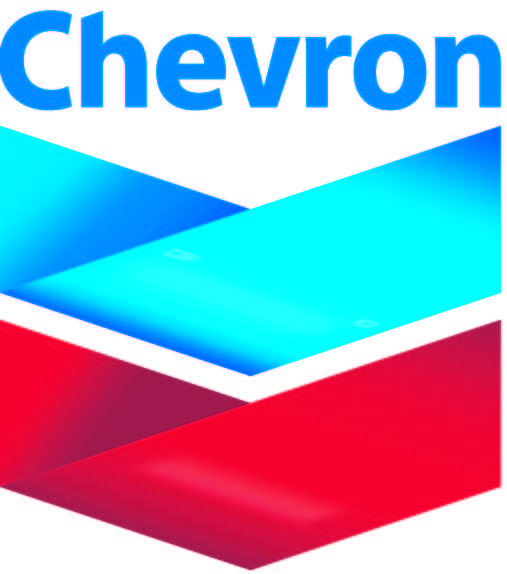
Support Partners:
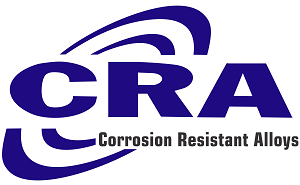
![]()
Participants:
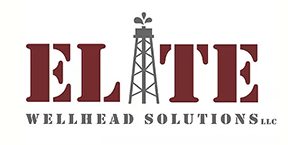
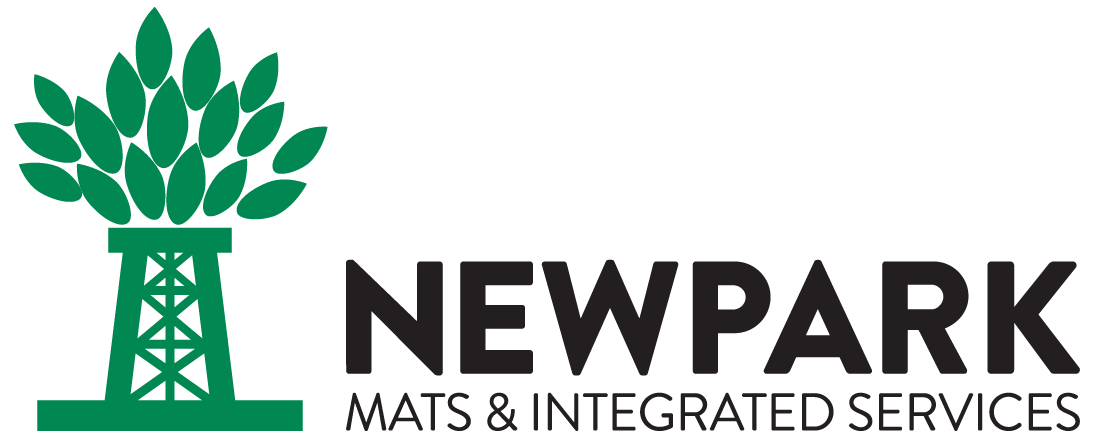
A number of other partners are contributing, and will be listed here as agreements are formalized. If you are interested in opportunities to be part of this project, please contact Professor Karsten Thompson at karsten@lsu.edu.
Outlined below are sponsorship levels that can include gift in kind services/equipment and/or cash to PERTT’s CO2-related research fund. Partners and participants will have access to results from experiments that are performed with the CO2-related research fund.
CORE PARTNER: $500,000 & ABOVE
Join Halliburton, ExxonMobil, Shell, H&P and Chevron as a core partner for the field-scale wellbore drilling.
- Exclusive Branding: Logo featured prominently on all event materials.
- Panel and R&D Forum: Input and participation on a panel discussion, educational forum, and R&D workshop that will be held at LSU during the drilling phase of the project.
- Comprehensive Promotion: College of Engineering social media promotion, newsletter features, and press releases highlighting the sponsorship.
- Event Engagement: Opportunity to create a unique engagement experience at the spudding ceremony reception and event invitations.
SUPPORT PARTNER: $100,000 TO $499,999
- Prominent Branding: Logo displayed on selected event materials.
- Panel and R&D Forum: Attendance at panel discussion, discussion educational forums, and R&D work- shop that will be held at LSU during the drilling phase of the project.
- Social Media Recognition: College of Engineering social media promotion acknowledging sponsorship.
- Event Invitations: Five invitations to spudding ceremony and reception.
PARTICIPANT: $25,000 TO $99,999
- Brand Visibility: Logo included on the website.
- Panel and R&D Forum: Attendance at panel discussion, discussion educational forums, and R&D work- shop that will be held at LSU during the drilling phase of the project.
- Social Media Recognition: Acknowledgment in select posts.
- Event Invitations: Two invitations to spudding ceremony and reception.
We have solicited extensive feedback during the planning phase of this project to ensure that the new facilities will meet the needs of academic, industry, and government researchers. Through these discussions, roundtable events, and surveys, the following has emerged as planned research for the new well and associated surface flowloop.
Wellbore Research
- Wellbore flow and fluid mechanics
- Well control for carbon capture and sequestration
- Detection of simulated leaks
- Fiber-optic sensing for CO2 storage
- Downhole tools and instrumentation
- Monitoring of cement response
- Temperature transient testing
- High-rate injection with limited PVT data
- Full-scale heat transfer analysis
- Shut-in and startup
- Injection into depleted reservoirs
- Effect of impurities on injection
- Hydrate plugging and flow remediation
- CO2 compatible materials in downhole tools
Surface Flowloop Research
- Fluid mechanics and flow visualization
- Gas/SC transition & phase behavior, including impact on facilities
- Subsurface CO2 safety valve testing
- Equations of state; impurities testing
- Reservoir core testing (mineralization, accelerated time experiments, injectivity)
- Water and hydrate testing
- Flow assurance
- Sensing and automation
- Long-term exposure of fiber to CO2
- Pipeline materials and drag reduction
- Testing old pipeline materials
- Chemical treatments
- Depressurization of pipeline (leaks, dry ice)
- Clogging of pipeline; fluid hammer
- Fiscal metering

